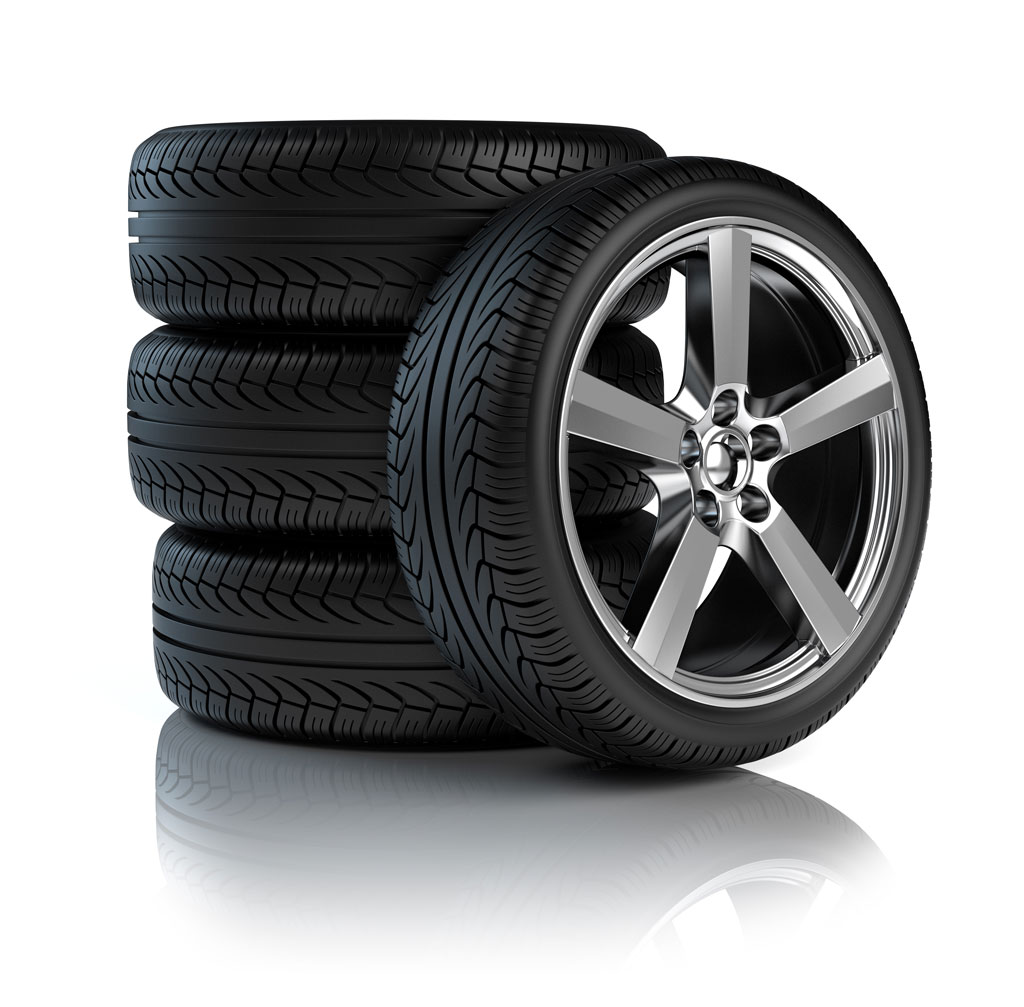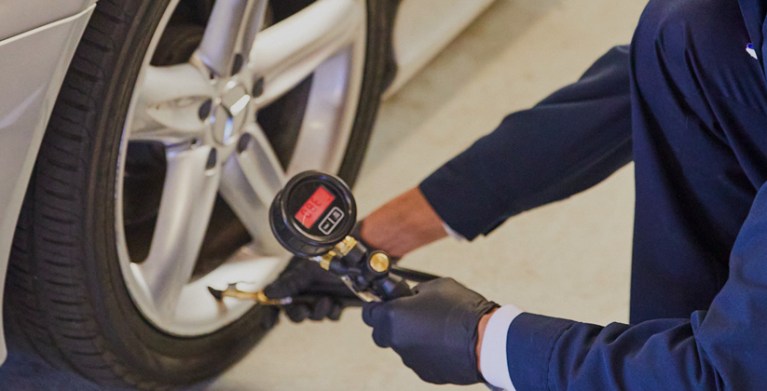Tire Solution: The Influence of Weather
When it comes to making certain optimum efficiency and security on the road, recognizing the impact of weather conditions on tire solution is critical. GMC Tire Service. In this discussion, we will discover the intricate partnership in between climate conditions and tire service, shedding light on the value of weather-specific tire upkeep methods and considerations.
Warm and Tire Performance
When subjected to high temperatures, tires experience changes in efficiency that can considerably impact automobile security and handling. The warmth produced from extended driving or warm climate problems creates the tire rubber to soften, leading to minimized tread life and boosted wear.

Cold Weather Impacts
Cold weather conditions can have a substantial effect on tire efficiency and safety. As temperature levels decrease, tire rubber can solidify, causing lowered traction on icy or snow-covered roadways. In cool weather, tires may likewise lose atmospheric pressure a lot more rapidly, which can affect handling and gas effectiveness. Additionally, cold temperature levels can cause tire sidewalls to stiffen, enhancing the danger of damage from fractures or various other road hazards.
To minimize the effects of winter on tires, it is important to routinely inspect tire stress and inflate them to the producer's recommended levels. Utilizing winter or all-season tires designed for winter problems can additionally enhance traction and grasp on icy or snowy roadways. Correct tire upkeep, consisting of normal examinations for wear and damages, becomes a lot more vital during cooler months to make sure optimum efficiency and safety.
Rainy Issues Effect
Tires with damaged footsteps are more susceptible to hydroplaning, where a layer of water develops up between the tire and the roadway surface area, leading to loss of traction. To fight this, vehicle drivers ought to consistently check their tires for adequate tread depth and think about investing in tires especially designed for wet problems.
Moreover, rainy weather can also reduce visibility, making it testing for motorists to see the roadway ahead plainly (GMC Tire Service). In such problems, it is crucial to readjust driving speeds as necessary and preserve a safe following range to allow for unexpected stops. Appropriately inflated tires can likewise assist in preserving control on wet roads by offering better handling and grip
Snow and Tire Security
Snow-covered roadways present special difficulties for chauffeurs, stressing the significance of correct tire selection and upkeep. When driving in snowy conditions, having the best tires can make a considerable distinction in safety and security and efficiency. Wintertime tires are developed with unique rubber substances and walk patterns to give far better grip on snow and ice contrasted to all-season tires. The deeper footsteps and sipes of wintertime tires help grip the roadway better, reducing the risk of slipping and sliding.

It is essential to adhere to maker guidelines when using and mounting tire chains to protect against damage to the tires and vehicle. By selecting the right tires, keeping proper inflation, and thinking about added grip aids like tire chains, chauffeurs can boost their safety when navigating snow-covered roads.
Weather-Related Tire Maintenance
Weather-related tire upkeep encompasses a range of techniques aimed at making sure optimum tire function and longevity in different weather condition scenarios. One vital facet of weather-related tire maintenance is tire stress regulation. Inspecting tire tread on a regular basis and replacing tires when walk wear gets to a certain deepness is crucial for keeping grip and security in negative weather condition.
Conclusion
In final thought, weather problems have a considerable effect on tire efficiency and security. From heat impacting tire pressure and wear to cold climate decreasing traction, it is necessary to take into consideration the climate when keeping and utilizing tires.
In this discussion, we will check out the complex relationship in between weather problems and tire service, shedding light on the value of weather-specific tire maintenance methods and considerations.
